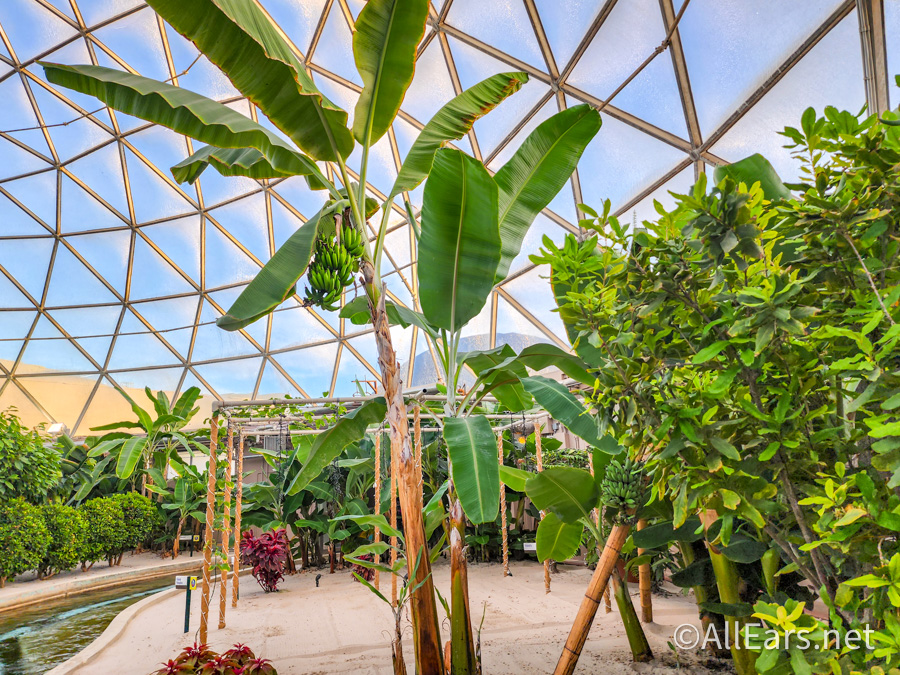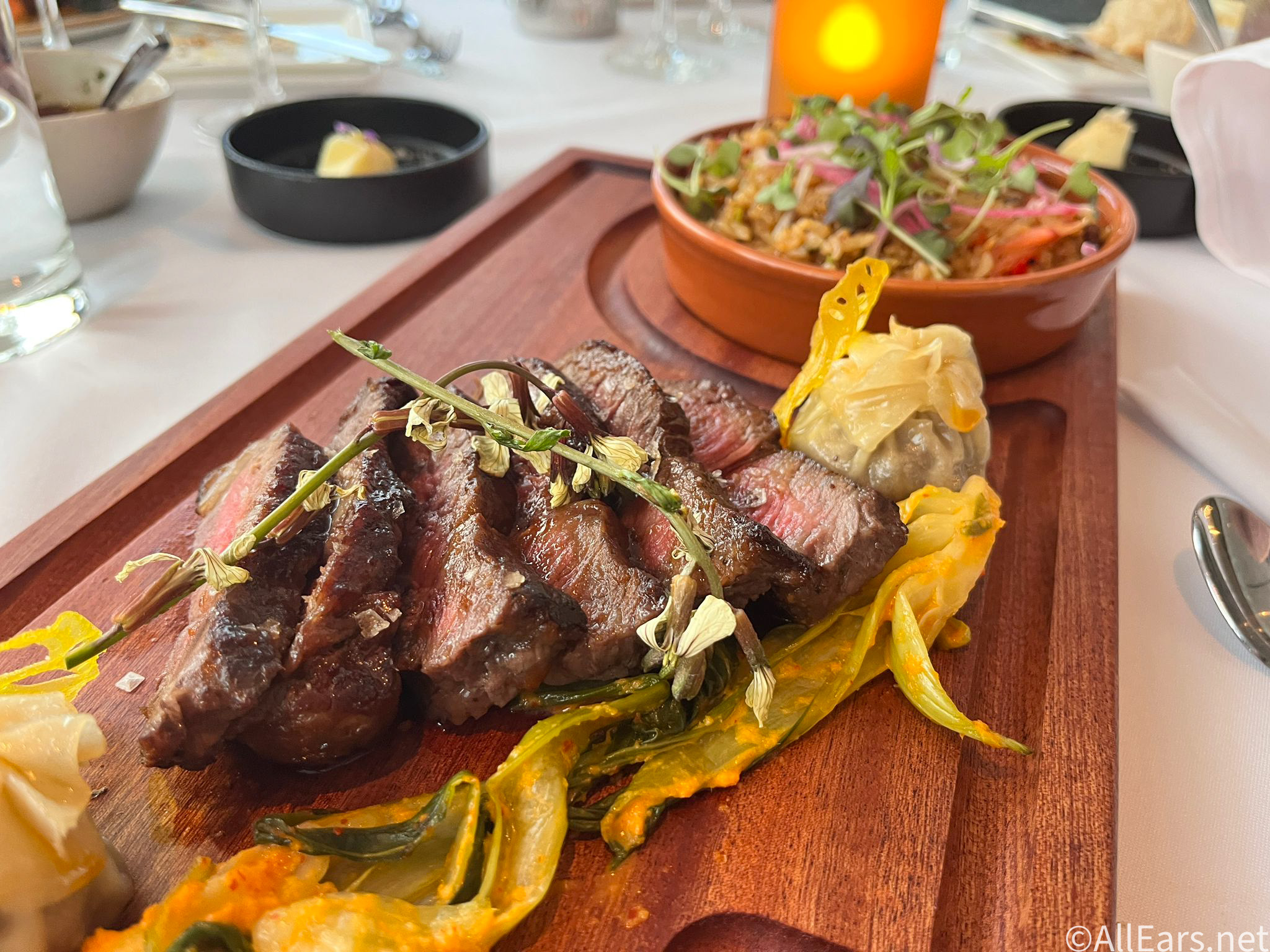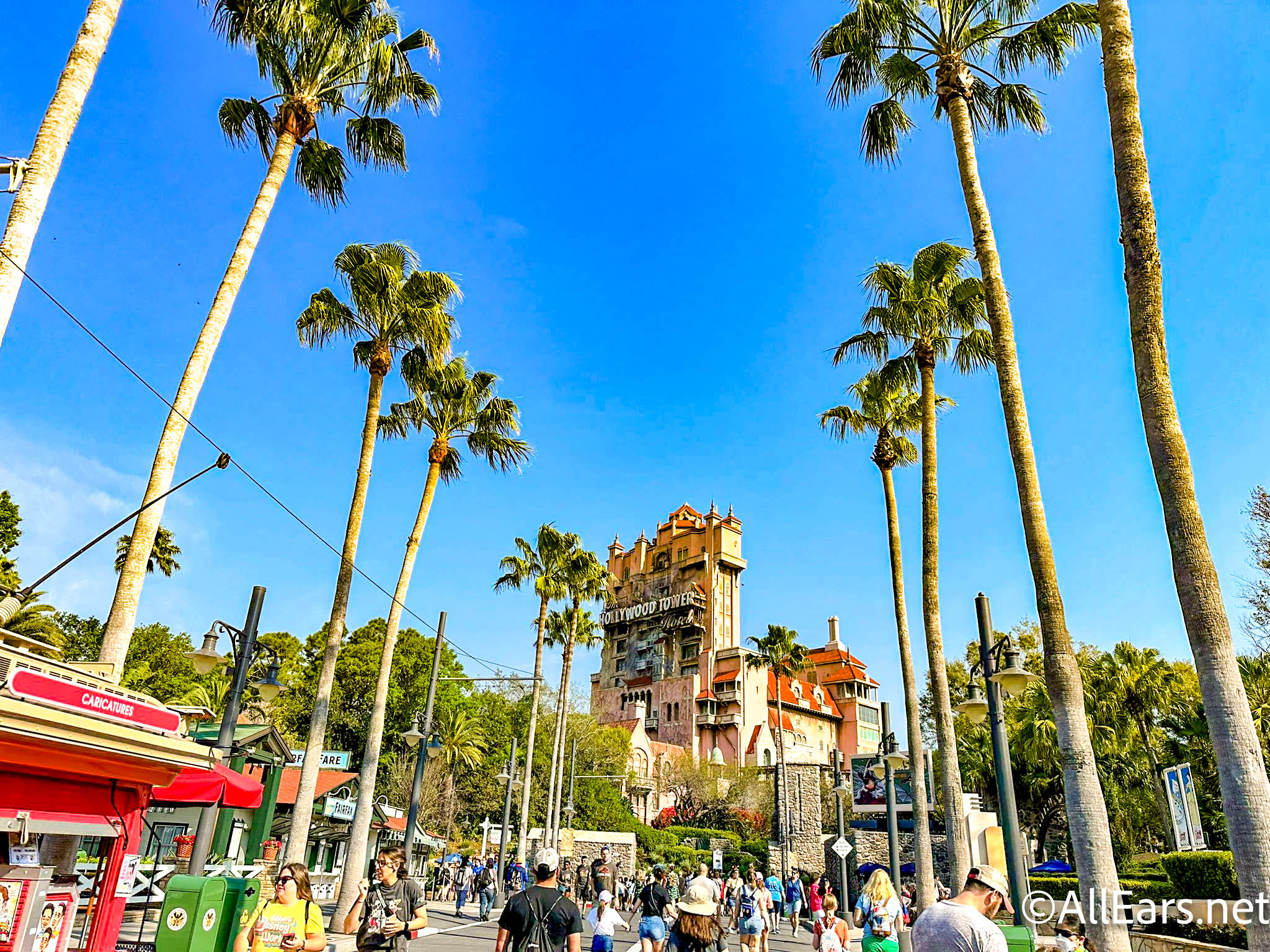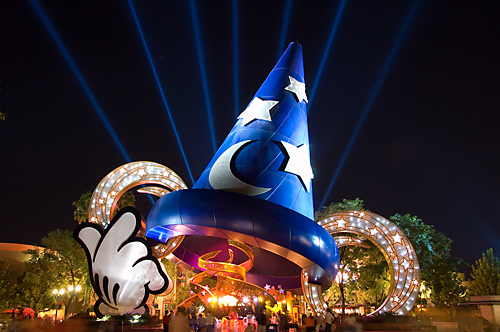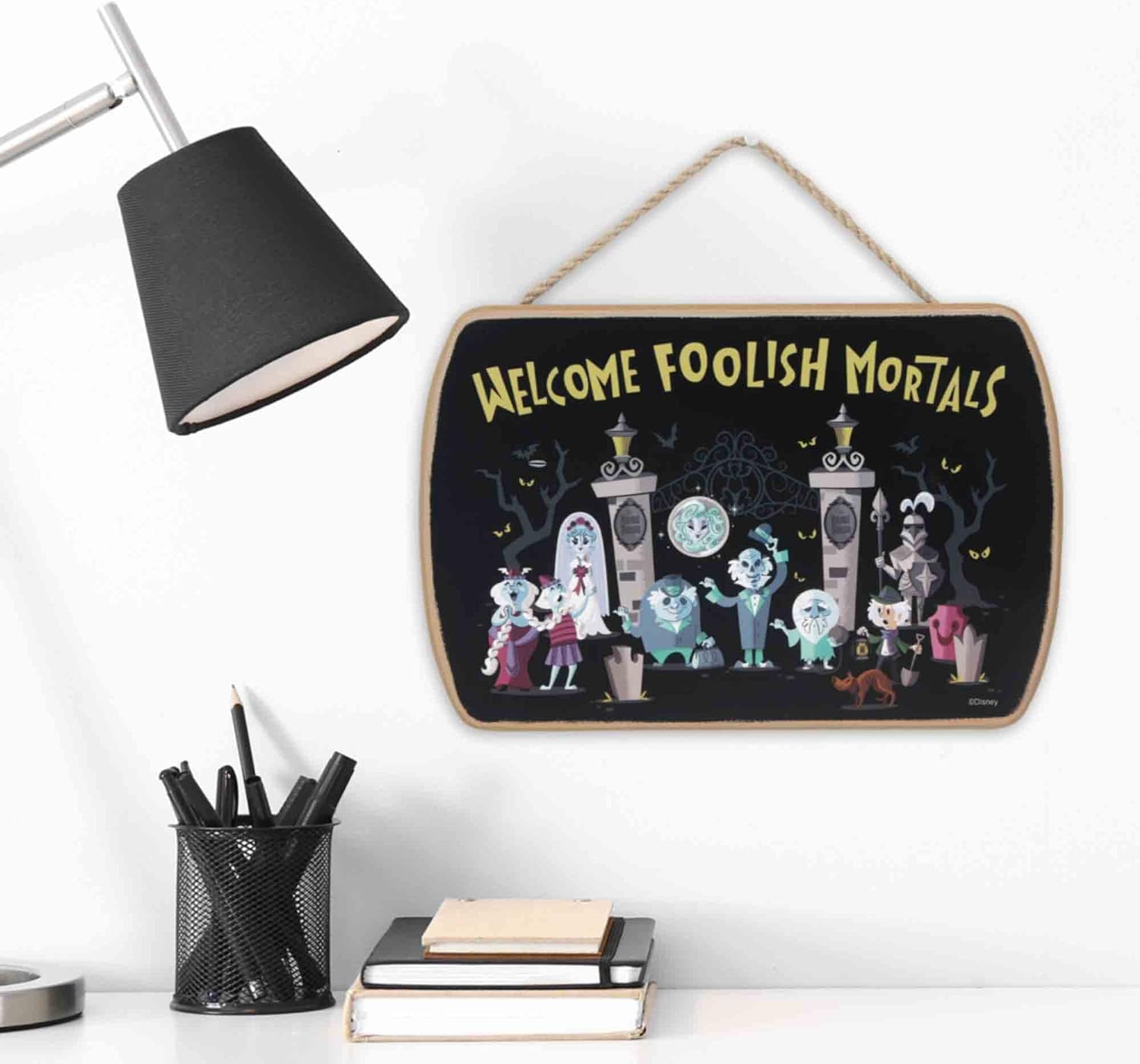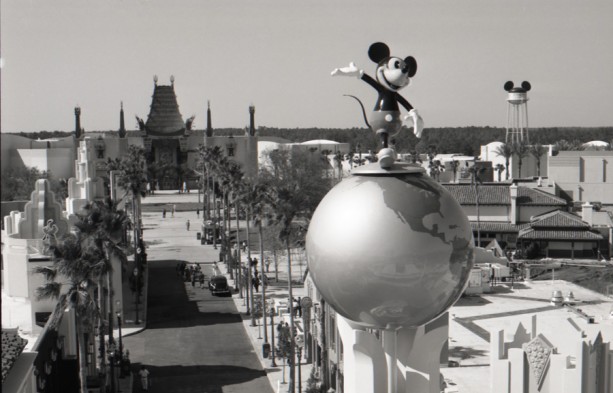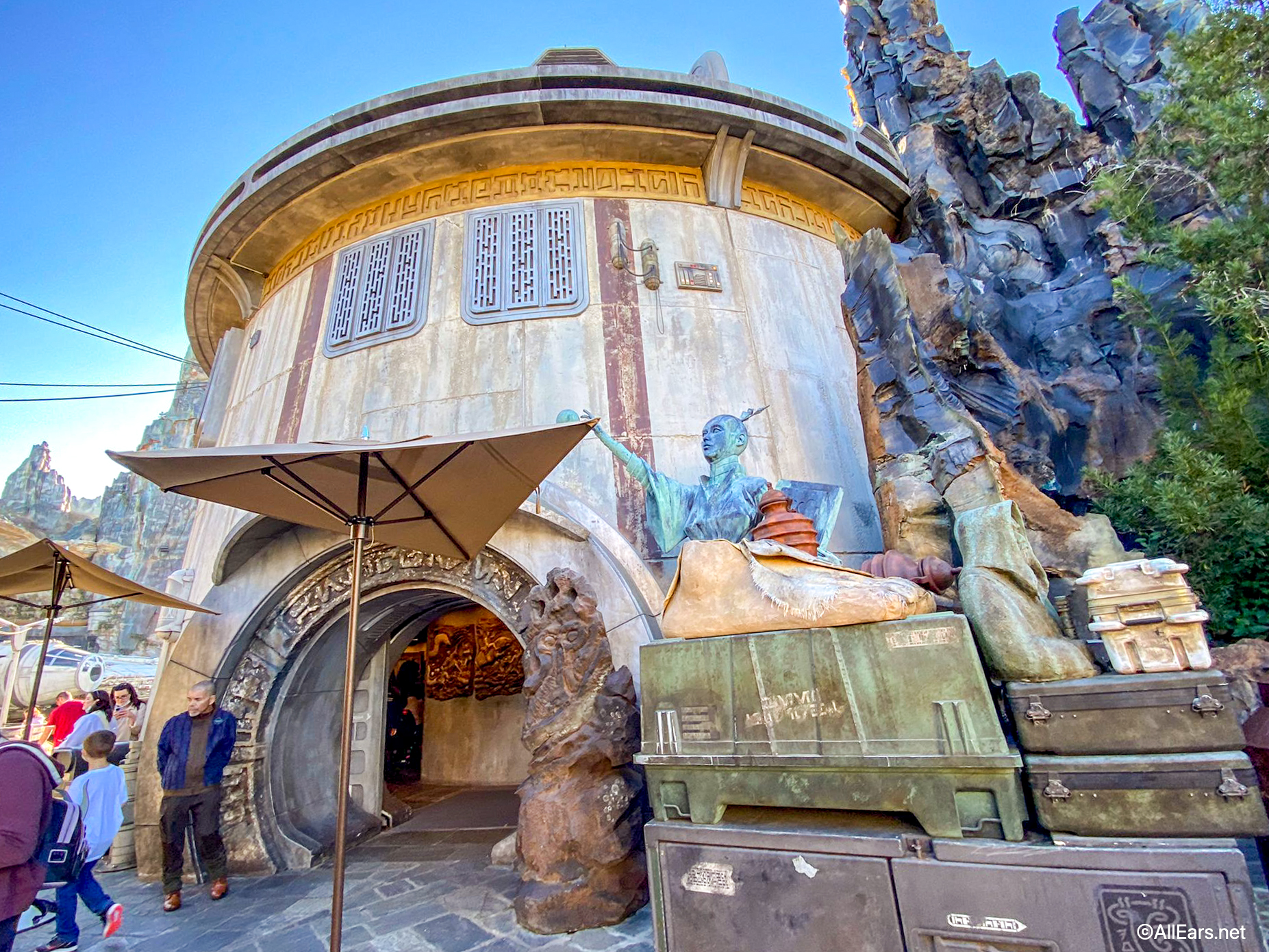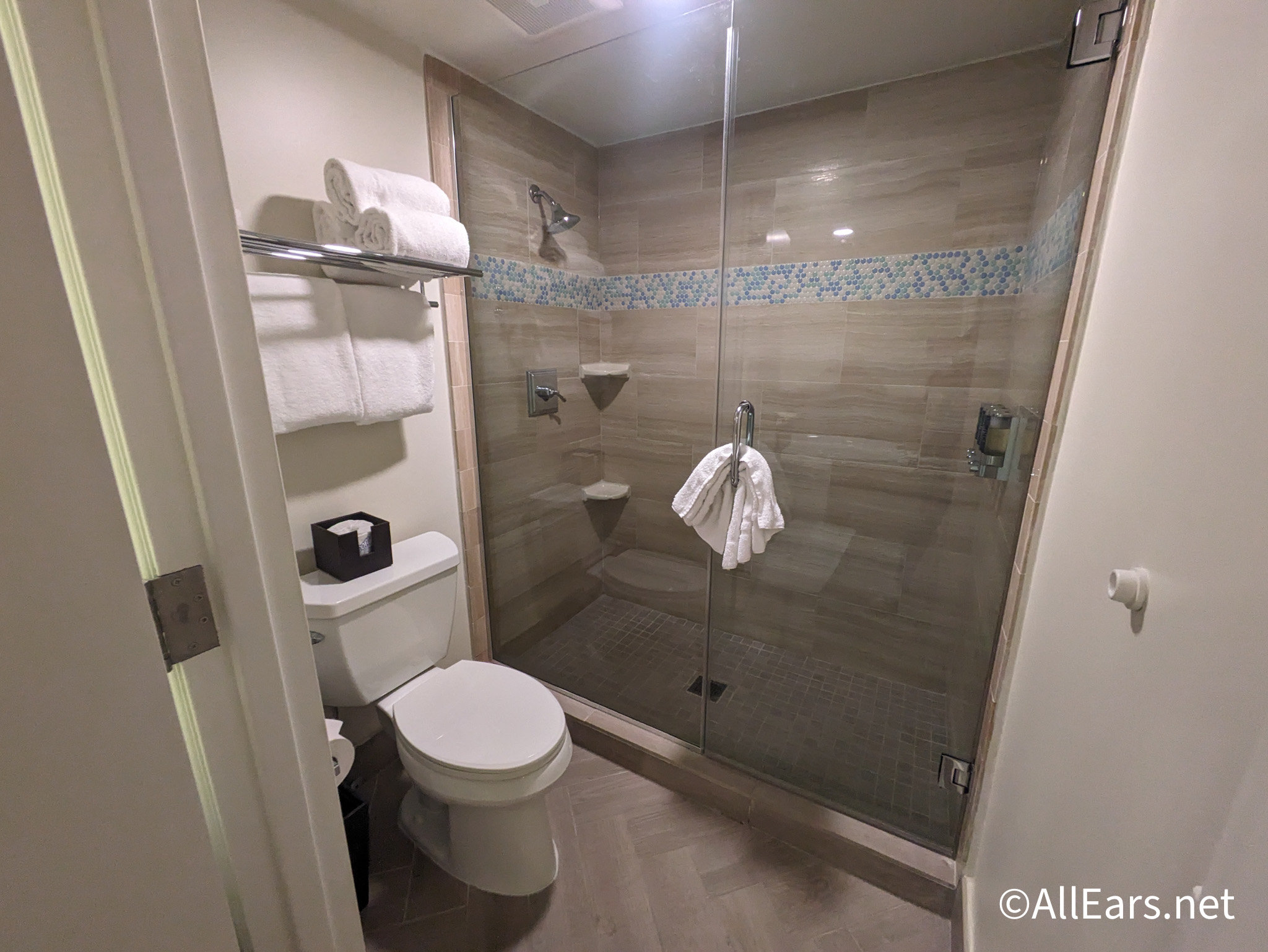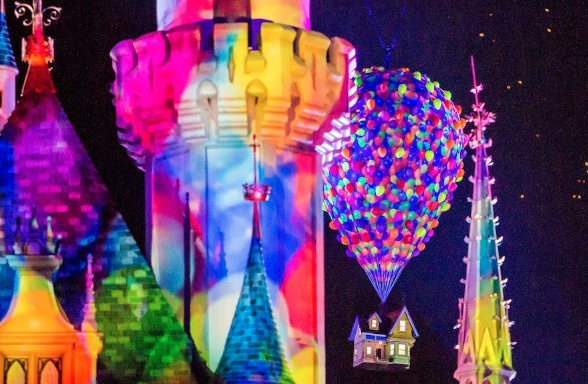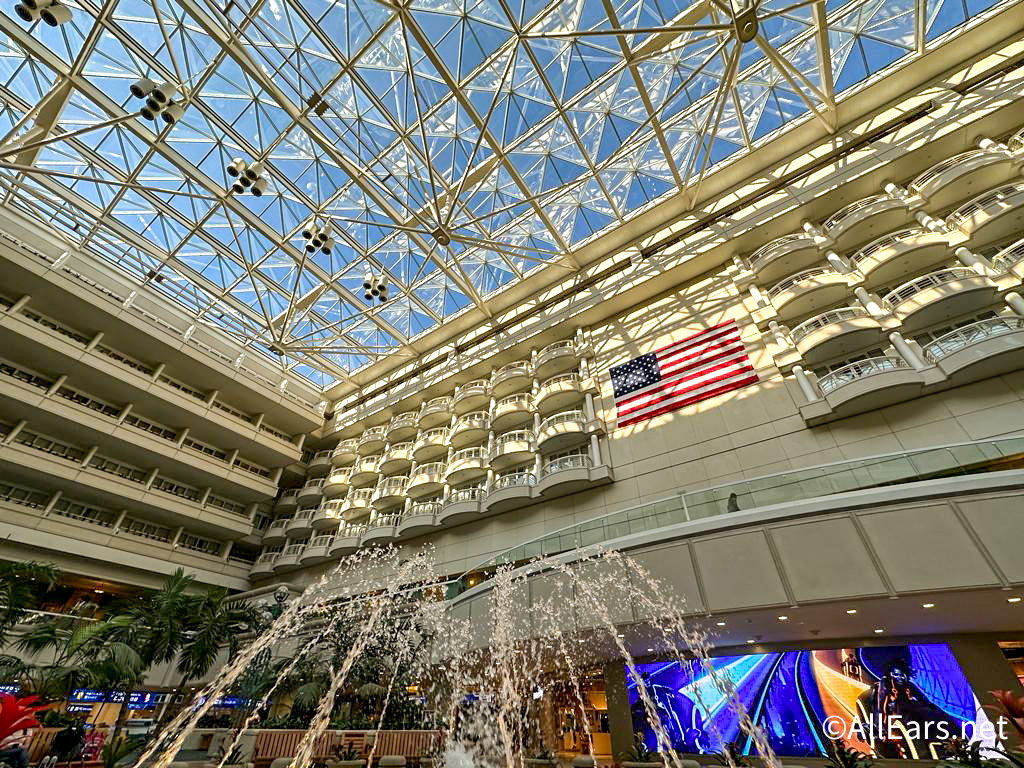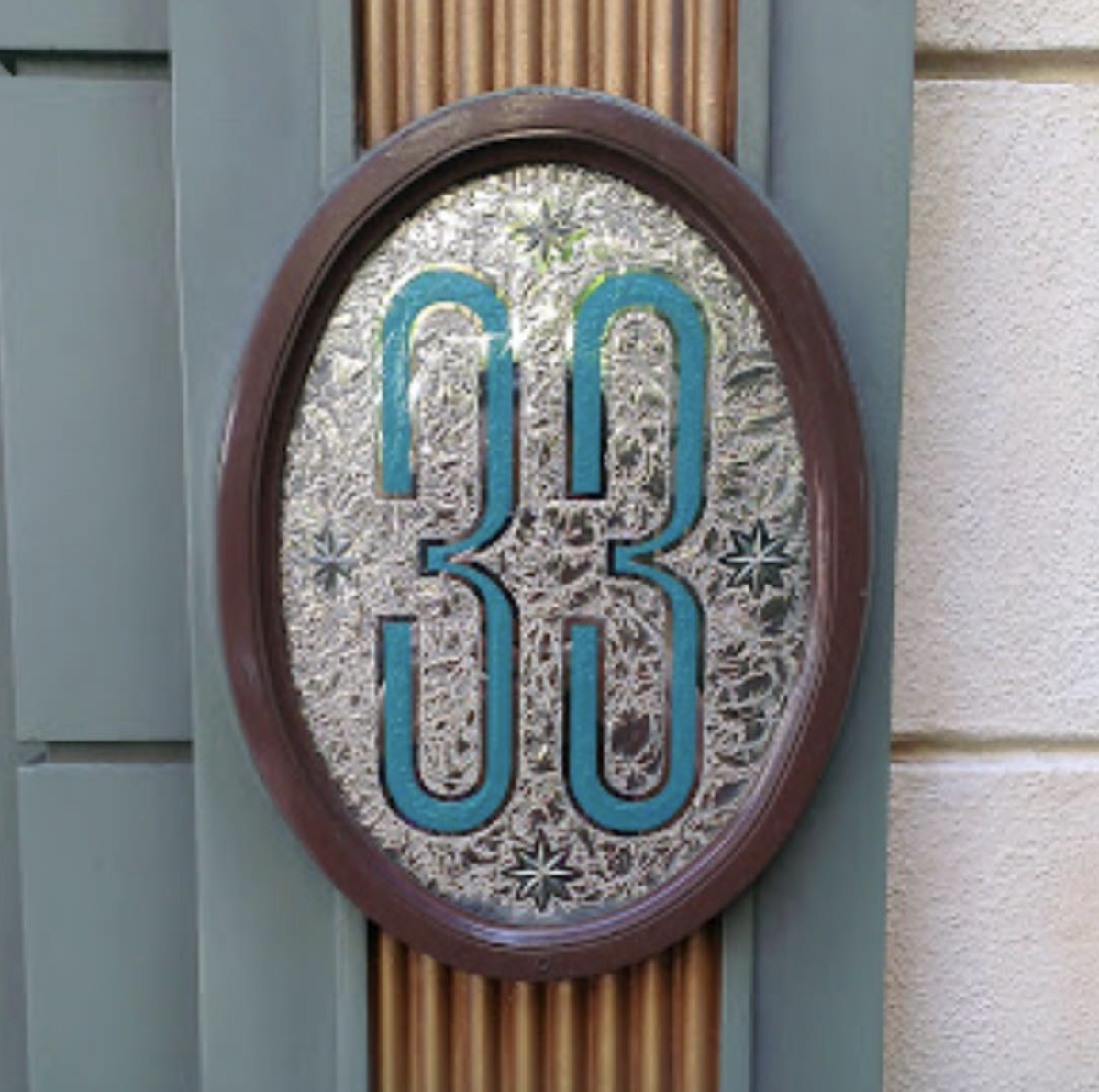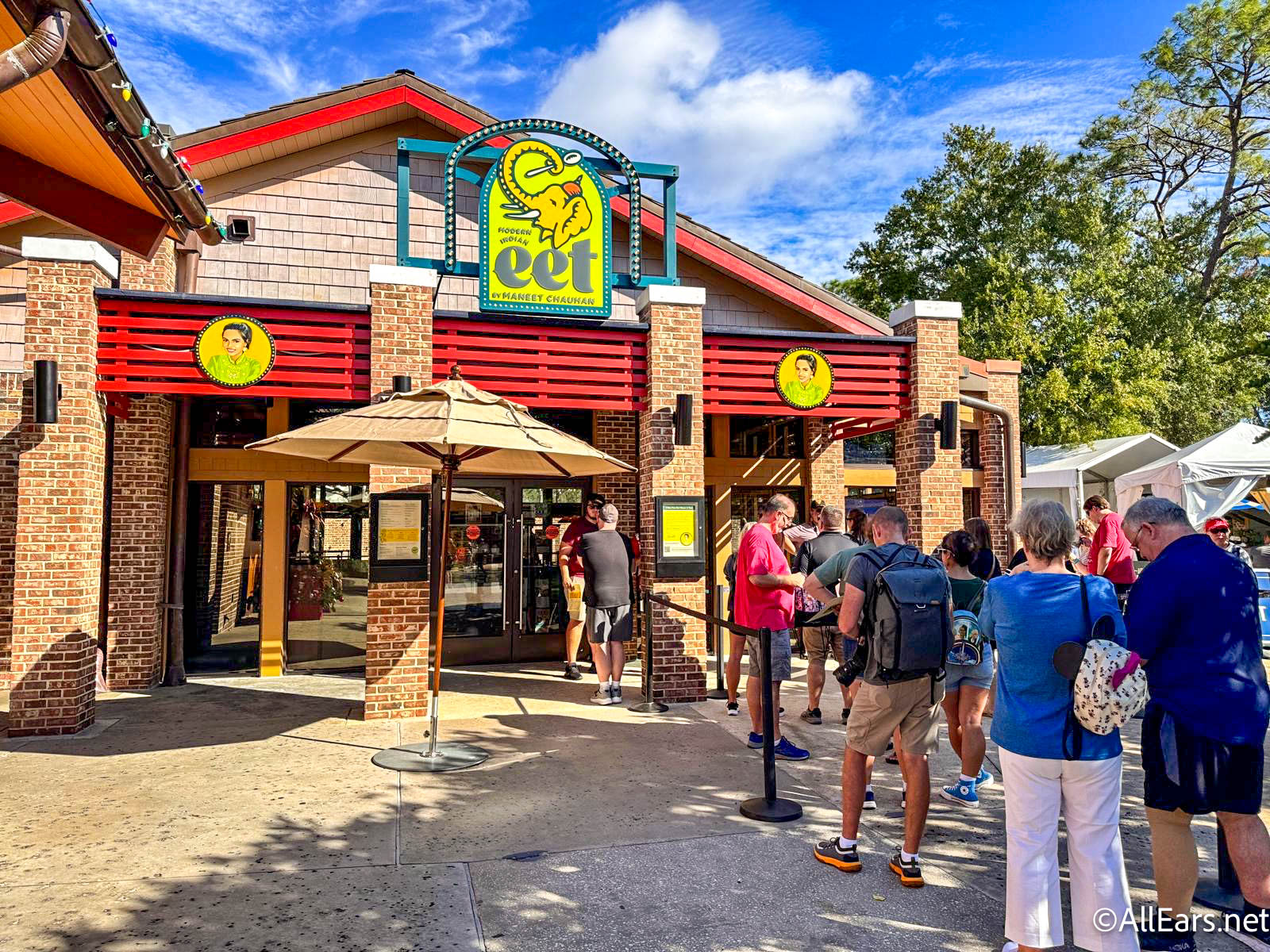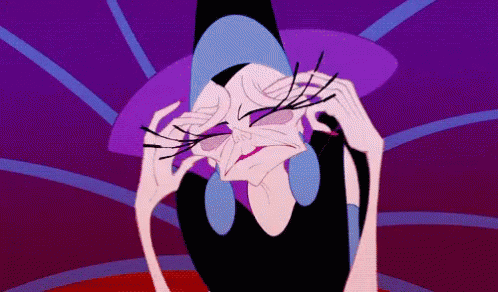WDW Chronicles – Year One: The WDW That Almost Was
by Jim Korkis
Disney Historian
Feature Article
This article appeared in the December 13, 2011 Issue #638 of ALL EARS® (ISSN: 1533-0753)
At D23's Destination D event in May at Disney's Contemporary Resort, which celebrated Walt Disney World's 40th anniversary, I got to see several outstanding presentations, including one entitled "The Walt Disney World Resort That Never Was," with Imagineer Tony Baxter and the newest Disney Archivist, Steve Vagnini. It certainly helped me "fill in the blanks" about some things that were originally planned.
Quite frankly, it was challenging enough to try to find out what Walt Disney World was like in 1971 since, in comparison with Disneyland, very little documentation ever existed. It is even more difficult to try to track down all the attractions and resorts that were under serious consideration but abandoned because of finances or time.
There exists a concept sketch by Imagineer Sam McKim that would have showcased the Country Bears from the famous Co Fortunately, these musical bears ended up safe and air-conditioned in the Grizzly Hall Theater. Since this was a Florida-only attraction when it opened, the bears all had biographies that emphasized their Southern roots. For instance, Liver Lips McGrowl was the "Miami Serenader" and Trixie was known as "The Tampa Temptation."
An entire column could be written about the Big Thunder Mesa project, which would have included the ride attraction called Western River Expedition. Imagineer Tony Baxter said, "It would have been beat-for-beat like Pirates of the Caribbean. It was an attempt to bring the West to the East. Guests would have floated past amusing tableaus designed by Marc Davis, like a cowboy serenading longhorn cattle while the cactus were a chorus in the background, a stagecoach robbery, and a trip through a rowdy Wild West town with a redhead sitting on a piano, and so much more. The ride would have finished with a drop down a waterfall."
Instead of Snow White's Scary Adventures in Fantasyland, artwork had been produced for a Sleeping Beauty dark ride. Guests would have confronted Maleficent's goons and twisted and turned through the thorn forest surrounding the castle. The climax would have been the massive fire-breathing dragon leaning into the ride vehicle.
Instead of Peter Pan's Flight, designs were made for a Mary Poppins ride. One plan was to have guests sit in a modified ski lift vehicle with Mary's umbrella up top, floating the guests through the various scenes. A later version had guests on carousel horses that would leap into Bert's chalk paintings of scenes from the movie.
Instead of Mr. Toad's Wild Ride, the wild rolling dark ride planned for that location would have been the "Wizard's Duel" from the animated feature Sword in the Stone, in which Merlin and Madame Mim battle it out as the guests are caught in the middle of the action.
For years, I had been told that the reason these unique attractions were not installed in Walt Disney World was that Roy O. Disney was worried about the rising costs and figured that duplicating the attractions from Disneyland would help the overall budget. Imagineer Tony Baxter said in May that it was his impression that Roy made the decision because guests expected some of the familiar attractions from Disneyland and it would be truer to Walt's vision of Fantasyland.
When planning for Walt Disney World was underway in 1967, the Disney Company created a full color map to indicate the various resort hotels that would surround the Magic Kingdom theme park. That map showed a Cape Cod Village, a South Seas Skyscaper (which later evolved into the Polynesian), Yesterday Hotel (to theme in with Main Street U.S.A. and at one point was going to be located inside the park itself in the building that now houses the Town Square Theater), Frontier Village, Spanish Colonial Hotel, Oriental Motel, the Dutch hotel and the African Hotel (to theme in with Adventureland). In addition, there were locations in the front of the Magic Kingdom earmarked for an ice rink and a roller dome.
Two years later, these possible resorts had been narrowed to Disney Persian Palace, U.S.A. Disney (which would become briefly Tempo Bay Resort and finally the Contemporary Resort), Far East Disney, Venice Disney and Disney South Pacific. Frontier Village was renamed Diamond D Dude Ranch on its way to becoming Fort Wilderness Campgrounds. Of course, these were not the final names, but "placeholders" to give a sense of the type of resort that would be built.
By 1970, when the Preview Center opened on what is now Hotel Plaza Boulevard, the preview edition of the Walt Disney World guidebook sold to curious tourists had refined even further the names of these final five theme resorts.
"The hotels are called 'theme resorts' because everything from interior decor to employees' costumes and dining room menus will carry out an overall theme," explained the guidebook. "Two hotels, the Contemporary-style and the Polynesian, will open the first year. The Asian, Persian and Venetian will follow later in the Phase One plan."
The Phase One plan for Walt Disney World was that not everything could be built and operational by October 1971, but would be added within the first five years, modeling it after the growth pattern of California's Disneyland, which opened in 1955 but wasn't considered officially completed until 1960.
Of course, things were constantly changing. Initial concept art for the Polynesian included an underground viewing grotto where guests could peer through massive glass windows to view other guests scuba diving for pearls in a coral reef as shown in the promotional film, "Project Florida". The initial design for the Polynesian was more of a pyramid-like structure where the Grand Ceremonial House (lobby building) is today.
The Preview Guidebook was very specific what the other three forthcoming resort hotels would be like:
"The Asian hotel will be strongly Thai in its motif. A theme restaurant and lounge at the top of its 160-foot tower building will provide an enchanting setting for nighttime dancing and stage show entertainment. Each of its 600 rooms, including 50 elegant suites in royal Thai decor, will look out on the lagoon or a central recreation area."
The Asian resort hotel was scheduled to open by 1973. Land had been cleared and prepared where Disney's Grand Floridian Resort and Spa stands today. A square plot of land prominently jutted out into the Seven Seas Lagoon and the nearby road had been dubbed "Asian Way". The Asian's imminent completion was heralded on the official recorded monorail spiel and WDW literature like the Stockholders' Annual Report. There were also plans to have large meeting rooms under the guest area of the resort for conventions.
The Asian had gotten to the point that an approved sample interior for the rooms was completed and elaborate Oriental gardens had been designed by landscaper Bill Evans. Guest rooms would have been arranged in a square around the perimeter with two-thirds of the guest rooms having beautiful garden or lake views. The remainder of the rooms would have been in the tower building providing a view into the central recreation area that would probably have featured a themed pool.
"At the Venetian resort, an enclosed small boat harbor and intricate system of waterways will recreate the old world charm of the famed Italian 'City of Canals'. Shopping will be a unique experience as guests travel by gondola along 'streets of water' and under ornate bridges linking various sections of the resort. The style is reminiscent of St. Mark's Square, complete with a 120-foot campanile that will toll the time. The entire lobby will be glass-topped, creating a brilliant, sunlit atrium effect indoors."
Located between the Contemporary Resort and the Ticket and Transportation Center near the water bridge on the Seven Seas Lagoon, the Venetian would have resembled the current Italian pavilion at the World Showcase at Epcot in terms of architecture and style.
"Stepping right out of The Arabian Nights is the Persian resort, which will reign like an exotic far-Eastern palace on the Northwest shore of the lake. Jewel-like mosques and columns will rise above landscaped courtyards, while terraced sundecks offer sculpted swimming pools and 'old Persian' dining facilities. Guest will practically be able to sail to their own rooms through a sheltered marina."
Located to the north and slightly east of the Contemporary Resort on Bay Lake, the Persian would have been laid out in a circular pattern with a large central building featuring a 24-foot blue dome. Smaller blue domes would have highlighted the white columns and buildings.
After a stop at the Contemporary, the monorail would have journeyed to the Persian. From there, instead of going directly to the Ticket and Transportation Center, the monorail would take a short detour through nearby Tomorrowland, just like the monorail at Disneyland, to offer guests a glimpse of the highway in the sky in the future.
When the energy crisis of 1973 delayed the building of these resorts, Imagineer Claude Coats created concept art for an attraction that would have been placed between the Contemporary Resort and the back of Tomorrowland, utilizing the water of nearby Bay Lake. According to Imagineer Tony Baxter, Claude Coats always loved dinosaurs, and so guests would have been able, by a twisting water ride, to journey into the prehistoric past to confront life-sized dinosaurs. Coats was integral in the creation of the life-sized dinosaurs for Disney's Ford Motor Skyway attraction at the 1964-65 New York World's Fair.
Many other plans were discussed to make Walt Disney World distinctly different from its West Coast counterpart. However, when the new vacation destination opened in October 1971, it was the perfect balance of the familiar and the new. It is not hard to accept that it has been creating magical memories for guests for over four decades.
AUTHOR'S NOTE: For the last year, it has been my pleasure to write about what Walt Disney World was like during its first year of operation, in celebration of the 40th anniversary of this beloved theme park. Starting in January 2012, I will continue this monthly column, but will not restrict myself to just 1971. I will be sharing stories from the entire four-decade history in the hopes that it will enhance your understanding and enjoyment of this marvelous East Coast entertainment experience.
-=-=-=-=-=-=-=-=-=-=-=-=-=-=-=-=-=-=-=-=-
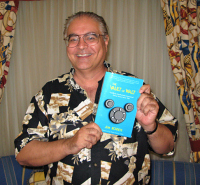
ABOUT THE AUTHOR:
Jim Korkis is an internationally respected Disney Historian who has written hundreds of articles about all things Disney for more than three decades. He is the author of the popular recently published book The Vault of Walt, which contains nearly 40 chapters of untold Disney stories. As a former Walt Disney World cast member, his skills and historical knowledge were utilized by Disney Entertainment, Imagineering, Disney Design Group, Yellow Shoes Marketing, Disney Cruise Line, Disney Feature Animation Florida, Disney Institute, WDW Travel Company, Disney Vacation Club and many other departments. Arial, Helvetica, sans-serif">
Read more about The Vault of Walt: http://astore.amazon.com/debsunoffiwaltdi/detail/0615402429
-o-o-o-o-o-o-o-o-o-o-o-
Editor's Note: This story/information was accurate when it was published. Please be sure to confirm all current rates, information and other details before planning your trip.


